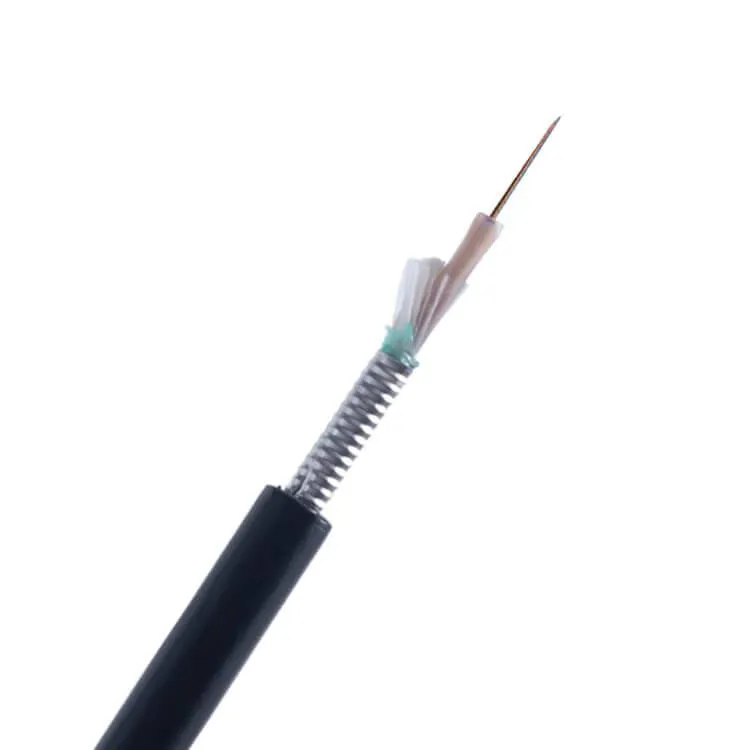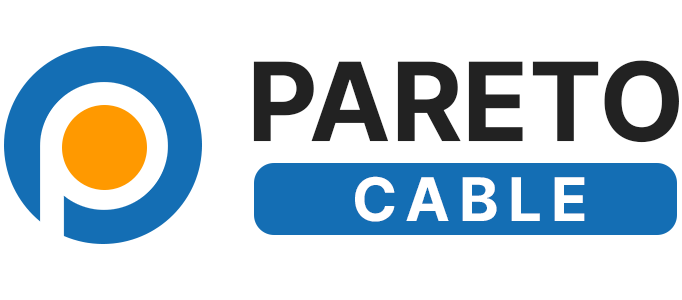Introduction
CST (Corrugated Steel Tape) fiber optic cables are engineered to provide superior mechanical protection, making them ideal for installations requiring resistance to physical damage, moisture, and environmental stress. The integration of a corrugated steel tape layer within the cable’s construction offers enhanced durability and security, ensuring reliable data transmission in demanding conditions.

Construction and Features
CST fiber optic cables consist of several key components:
- Optical Fibers: The core of the cable, typically made from glass or plastic, transmits data as light signals.
- Protective Tube: Encases the optical fibers, providing a barrier against moisture and physical damage.
- Corrugated Steel Tape: Wrapped around the protective tube, this steel layer offers robust protection against crushing forces and rodent attacks.
- Outer Jacket: The final layer, often made from materials like Low Smoke Zero Halogen (LSZH), shields the internal components from environmental factors such as UV radiation and temperature fluctuations.
Advantages
The design of CST fiber optic cables offers several benefits:
- Enhanced Durability: The steel tape armoring provides high resistance to mechanical stresses, ensuring the cable withstands harsh installation environments.
- Rodent Resistance: The robust construction deters rodents from damaging the cable, a common issue in underground installations.
- Moisture Protection: The protective tube and steel tape armoring offer effective barriers against water ingress, maintaining signal integrity.
- Flexibility and Lightweight: Despite the added protection, CST cables are lighter and more flexible than traditional steel wire armored cables, facilitating easier handling and installation.
Applications
CST fiber optic cables are suitable for various applications, including:
- Telecommunications: Providing reliable connections for internet and voice services, especially in areas prone to physical damage.
- Data Centers: Ensuring secure and high-speed data transmission between servers and storage systems.
- Industrial Networks: Supporting communication systems in manufacturing plants and other industrial settings where durability is essential.
- Outdoor Installations: Ideal for direct burial applications, offering protection against environmental hazards.
Conclusion
CST fiber optic cables offer a robust and reliable solution for installations requiring enhanced protection against physical and environmental challenges. Their superior durability, rodent resistance, and moisture protection make them an excellent choice for critical communication infrastructure.
